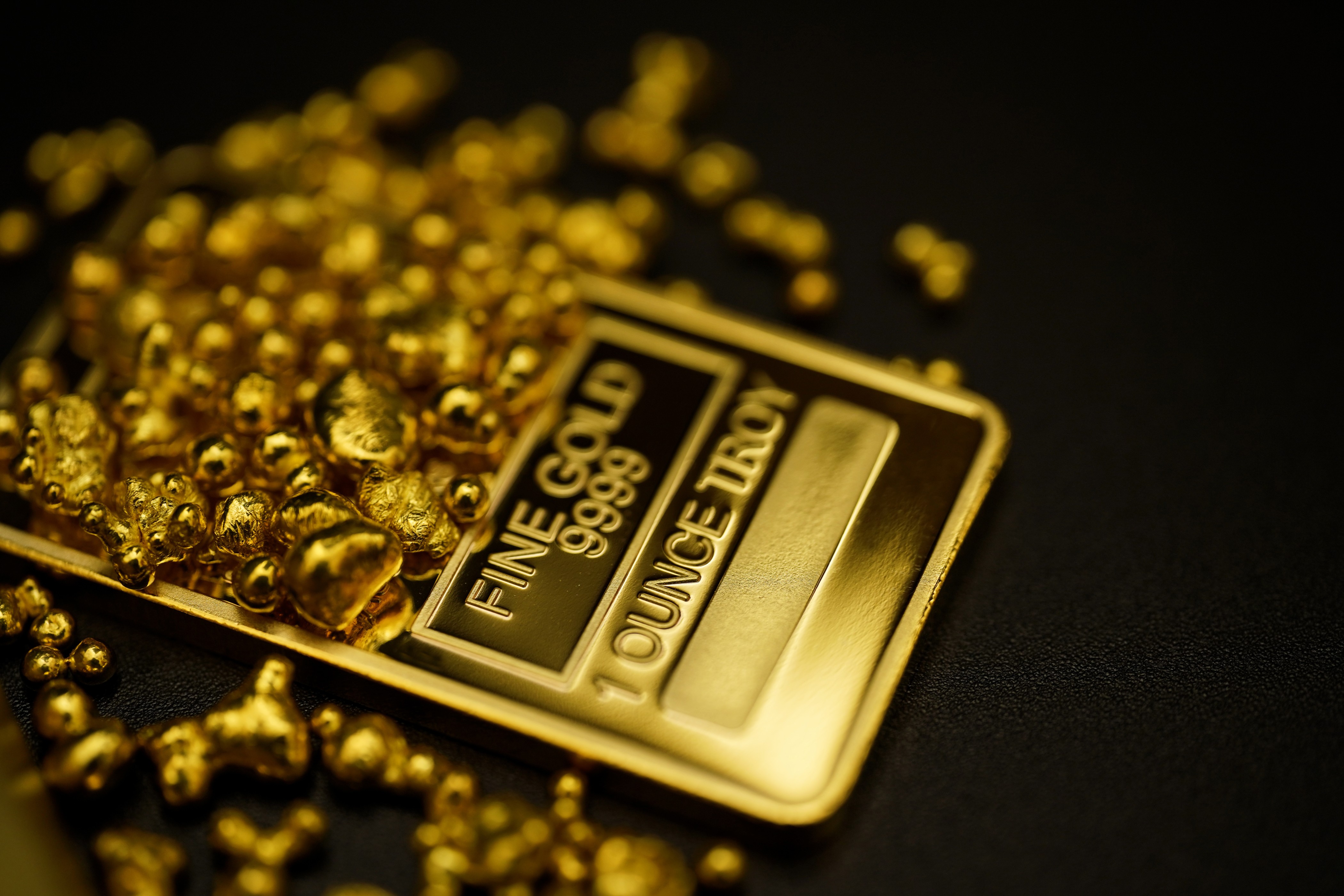Is Gold an Example of Commodity Money?
Why Gold Is a Prime Example of Commodity Money
Individuals often search for physical items like gold because of the increased intrinsic value that typically accompanies commodity money. Even though it was a historical currency, trading and exchanging gold is a prevalent form of economic activity that still influences currency systems today. Continue reading to understand the reasons behind gold being seen as a form of commodity money and the advantages it offers to buyers, traders, and sellers. Whether they’re looking to sell gold coins or buy gold bars, Carlsbad precious metals collectors should keep this information in mind.
Historical Currency Usage
The practical purposes gold serves go back to ancient times across various civilizations, such as Egypt, Greece, and Mesopotamia. In the past, gold was a medium of exchange and viewed as a symbol of wealth. Due to its boost in international trading, gold became one of the top commodities of money, boosting economic growth and cultural exchange.
Thanks to modern technologies and continuous advancements, there are new applications that keep gold a popular commodity in terms of money, from the dental field to industries such as electronics, aerospace, and beyond.
Elements that Boost Gold’s Commodity Value
As gold continues to rise in value as commodity money, various factors contribute to this, including supply and demand. Even during eras of inflation that impact interest rates and cause various setbacks, currency movements continue to swing toward gold, making it popular and in demand.
Gold production levels continue to increase, leading to more mining and increasing costs. Although the mining elements associated with gold’s commodity value impact its supply, the industrial requests and investment sentiment among sellers, traders, and buyers play significant roles in the commodity’s demand, leading to more economic stability.
Supply Benefits
The ability to measure, melt, and form gold into various physical items makes it very popular. As a result, the resource is often in limited supply. This makes gold different from fiat money, which can be printed at will. Due to this, fiat money is more susceptible to inflation and other setbacks, whereas gold isn’t.
Gold’s rarity, durability, and exchangeability make it a popular commodity money option. Even if the supply cannot meet demand, once stability returns, gold can endure and is easier to take to various markets, such as the coin and jewelry industries.
Store Value
Many precious metals buyers, sellers, and traders view gold as a monetary instrument and tangible asset that can weather inflation and other financial crises. As a result, the metal continues to maintain a high position within the commodity market. Its value will vary based on its influence and how much it’s sought after, even during times of economic uncertainty.
To learn more about what makes gold preferred to maintain its value, speak with precious metals professionals and boutique representatives. You will not only discover what makes gold significant in the commodity trading market worldwide, but you can also access different forms of precious metals and add them to your collection.
Whether you’re looking for expert advice on owning precious metals or the best place to buy gold in Carlsbad, make sure to work with trustworthy precious metal dealers who offer high-quality service and have years of experience. Call on the industry-leading professionals at First National Bullion when you’re ready to invest in precious metals, including gold, silver, platinum, and palladium. Give us a call today.
The statements made in this blog are opinions, and past performance is not indicative of future returns. Precious metals, like all investments, carry risk. Precious metals and coins may appreciate, depreciate, or stay the same in cash value depending on a variety of factors. First National Bullion does not guarantee, and its website and employees make no representation, that any metals for sale will appreciate sufficiently to earn the customers a profit. The decision to buy, sell, or borrow precious metals and which precious metals to purchase, borrow, or sell are made at the customer’s sole discretion.


